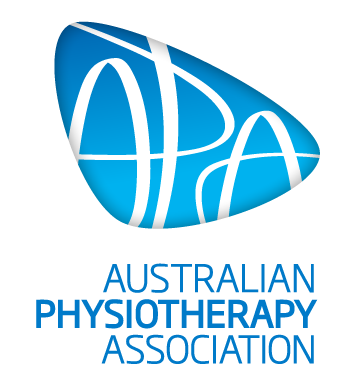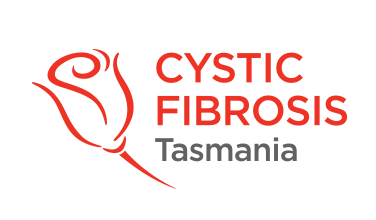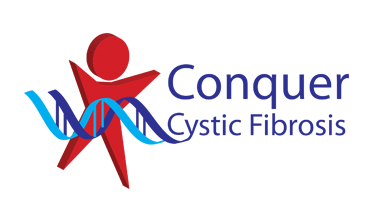MENU
Positive Expiratory Pressure (PEP)
Please speak to a physiotherapist or your CF medical team before commencing any new treatment. DO NOT start using a device, or technique, on this website if you have not discussed this with your CF team first.
Positive expiratory pressure (PEP) therapy involves breathing against a resistance as you breathe out. This can assist in the removal of mucus and opening areas of your lungs that are partly blocked by mucus. You can learn more about how this works in the “understanding how air moves in your airways” section. A PEP device is made up of a few parts: Components of a PEP device include:
- A mask or mouthpiece
- A resistor
- A one-way valve – this allows you to breathe in (inhale) through the device but closes when you exhale so that you breathe out via the resistor
How does PEP help?
- It splints (hold open) the airways open
- Increases lung volumes (amount of air in the lungs) and increases air to clogged airways
- It builds up the amount of air behind mucus
How do I do PEP?
- Seek assistance from an experienced physiotherapist when performing PEP for the first time
- Get into a comfortable position with your back straight. If you are sitting up you should ideally be leaning slightly forwards onto a table with your elbows supported (not slumped)
- Take slightly bigger than your usual resting breath in and out through the PEP device
- Your breath out should be a slightly active (forced, but not too forced) breath out against the resistor
- Perform 10-15 breaths in a row maintaining a sealed mask or sealed lips (with all the breathing occurring in and out of the mouthpiece). To ensure good mouthpiece PEP technique your physiotherapist may encourage you to use a nose clip
- The best resistance for you is usually chosen by a combination of your feedback and pressure measurements by a physiotherapist – you should seek assistance from your CF clinic physiotherapist when starting with PEP, and your technique should be regularly reviewed
- When secretions have reached the upper airways use huffing and controlled coughing to remove secretions from your lungs
Are there different types of PEP devices?
There are many different PEP devices that are currently recommended by Australian and New Zealand Physiotherapists. These are:
1.AstraTech® PEP
Please speak to a physiotherapist or your CF medical team before commencing any new treatment. DO NOT start using a device, or technique, on this website if you have not discussed this with your CF team first.
This device consists of a:
- Face mask (silicone)
- Eight coloured resistors ranging from 1.5 – 5mm in 0.5 mm steps
- It can be purchased with a manometer (pressure gauge) or pressure gauge for checking PEP pressures
- It cannot be combined with a nebuliser bowl
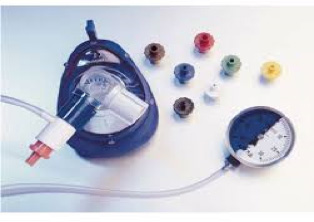
Astra PEP with manometer attached
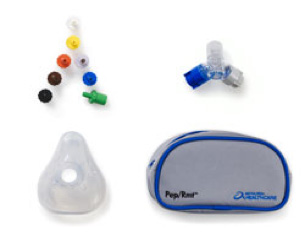
Astra PEP parts separated
- Pari® PEP
Please speak to a physiotherapist or your CF medical team before commencing any new treatment. DO NOT start using a device, or technique, on this website if you have not discussed with your CF team first.
There are two types of Pari PEP
a)Pari® PEP System 1 (Original) – consists of 3 pieces
- Mouthpiece
- Resistors on top of one-way valve cap (1.5-5mm; selected resistor to be lined up over hole of central piece of PEP device and secured into slot
- Alternative central piece with connector outlet for use with a manometer to measure pressure
- Nose clip: prevents loss of pressure via the nose – commonly used when you are learning PEP
- Facemask (This does not come with the device but your physiotherapist may be able to attach a mask which can be used for more effective PEP)
- Can be combined with a nebuliser medication chamber
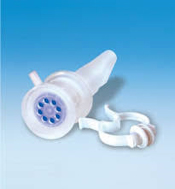
Pari® PEP (with alternative T connector for measuring PEP pressures) + optional nose clip
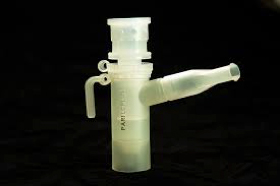
Pari® PEP connected to nebuliser bowl
b) Pari® PEP S
Pari® PEP S – 4 pieces
- Mouthpiece
- Resistors on circular piece
- One-way inspiratory valve
- Nose clip: prevents loss of pressure via the nose – commonly used when you are learning PEP
- Facemask (This does not come with the device but your physiotherapist may be able to attach a mask which can be used for more effective PEP)
- An adapter is required if using PEP S with a mask
- Can be combined with a nebuliser medication chamber

Pari® PEP S
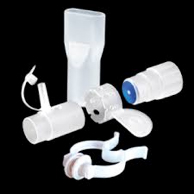
Pari® PEP S separated with optional nose clip
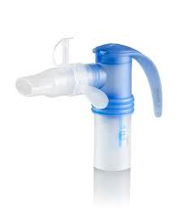
Pari® PEP S connected to nebuliser bowl
3. TheraPEP®
Please speak to a physiotherapist or your CF medical team before commencing any new treatment. DO NOT start using a device, or technique, on this website if you have not discussed this with your CF team first.
TheraPEP®
- Mouthpiece
- Resistor dial with six fixed resistance options
- Pressure indicator and connector for feedback
- 1st line = 10cmH2O, 2nd = 20cmH2O
- Nose clip: prevents loss of pressure via the nose – most commonly used when you are learning PEP
- Extra connector for combined nebuliser inhalation therapy (may also be used for huffing practice)
- Facemask can be ordered from the same company.
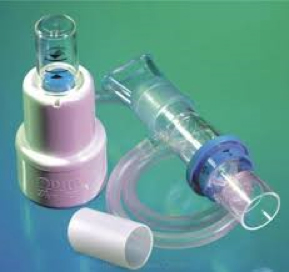
TheraPEP®


